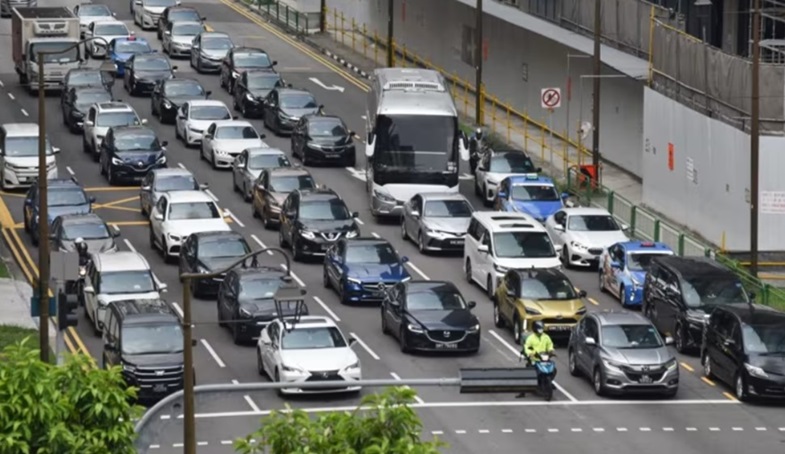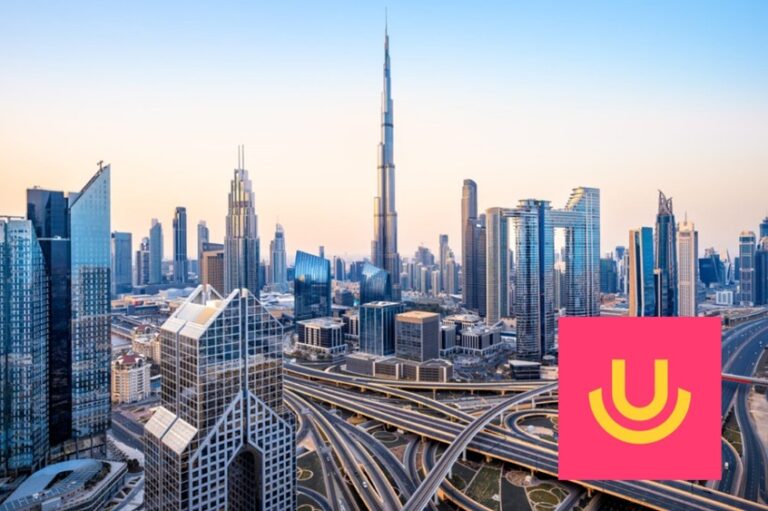Imagine a city so tight on space, it’s reinventing the road rules to keep traffic from taking over. Welcome to Singapore, where cars don’t just get you from point A to B; they’re part of a finely tuned machine of controlled congestion. Singapore’s Land Transport Authority (LTA) is going beyond tollbooths in its latest move to up capacity and curb road chaos. ERP 1.0, the old system, relied on gantries that charged drivers automatically during peak hours. But now, it’s time for ERP 2.0, and the island is swapping gantries for GPS.
Under ERP 2.0, every car will have a GPS tracker that provides real-time location data to the LTA. Gone are the metal frames along the highways, as “virtual gantries” spring up at the flip of a digital switch. This high-tech twist lets Singapore’s transport chiefs get creative with traffic control, responding to bottlenecks at a moment’s notice. “We’ll be able to manage congestion more flexibly without the need for physical barriers,” the LTA explained, as the city-state makes its congestion control plans smarter, slicker, and ready for more cars on the road.
Now, don’t mistake this for a free-for-all. Singapore has long required drivers to bid on Certificates of Entitlement (COEs) just to legally own a car. These permits, only good for ten years, are the kind of investment some might call “commitment.” Imagine tacking on a $75,500 premium every decade on top of the car price – it’s no wonder car ownership isn’t taken lightly here. But the payoff for Singapore is massive: controlled emissions, managed road space, and a cityscape that breathes just a bit easier.
With ERP 2.0 paving the way, Singapore plans to make even more room for its residents to hit the road. By early next year, more COEs are expected to hit the market, with prices set to adjust accordingly. And with fewer physical barriers to entry on the highways and a push to rethink how and when people drive, the country believes it can handle an influx of 20,000 new vehicles without tipping into gridlock. For a city this compact, Singapore’s approach to traffic control is nothing short of a 21st-century balancing act.
(Source: The Register)









